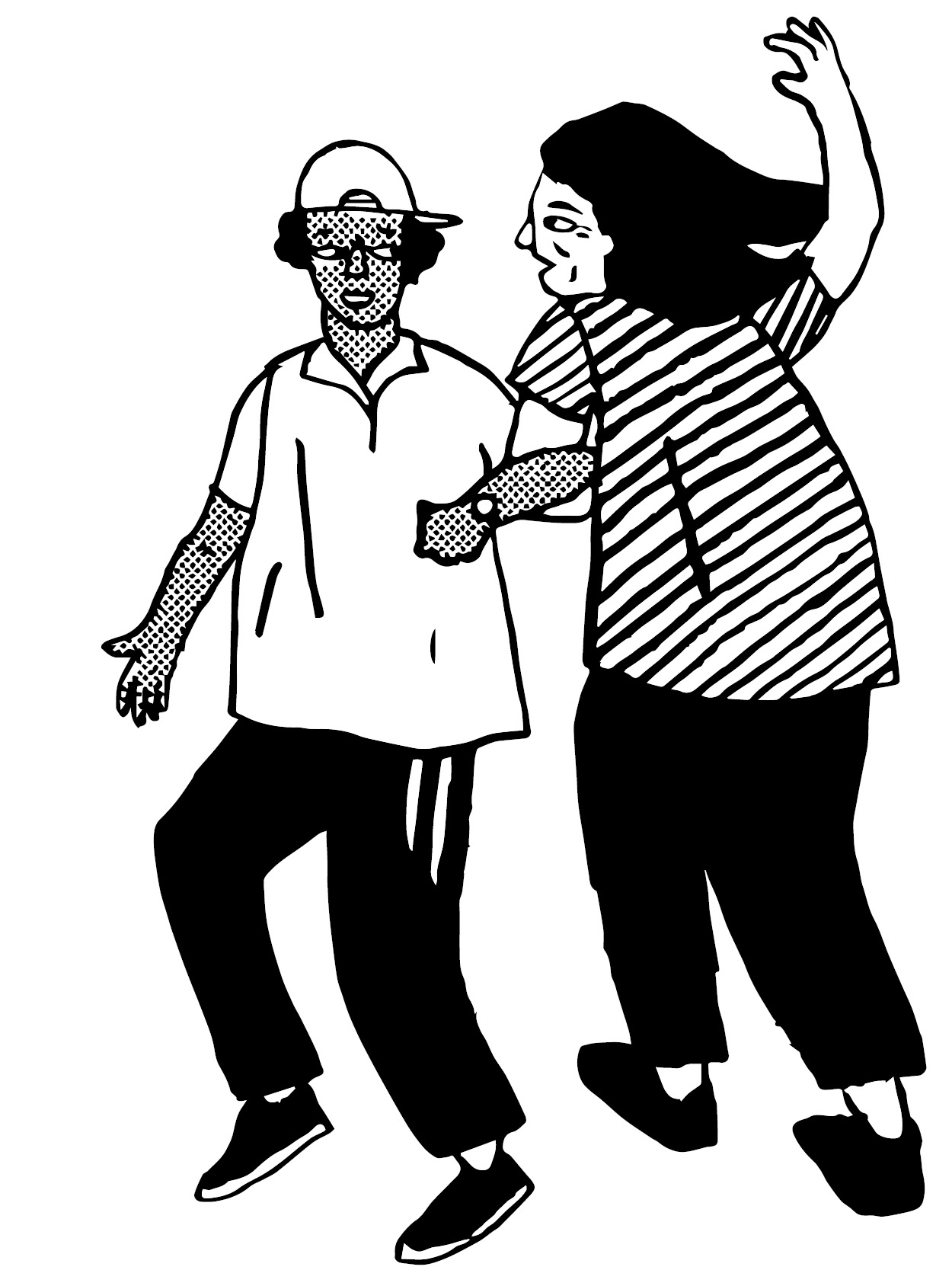Northwest Morris
Where
Lancashire and Cheshire
Context
Before the 1850s buildings were often carpeted with rushes, a plant which grows by water. Once a year the community would come together to replace the rushes on the floor. This was a big occasion, there was a fancy parade and people often dressed up in special clothing. Alfred Burton (1891) recorded that the men who carried the rush cart wore:
“straw hats with light blue ribbons, white shirt sleeves tied with many coloured ribbons, the brightest handkerchiefs possible for sashes ... ribbons ...below the knee”.
Morris dancers were an important part of these large community celebrations.
By the 1880s Rose Queen festivals were also established in this area which often included a decorative rush-cart made for the festivities and morris dancers. Towns competed to have the biggest and best team in the fanciest costume, sometimes even owning the costumes which were then hired to the dancers for the day. Two types of modern morris dancing have developed from this history: carnival morris (Section 6) which has evolved from the large morris teams which performed at large town festivals; and northwest morris, sometimes also called clog morris, which has greater links to the broader folk festival scene and recreates the older style of dance.
What
In the 19th century teams were limited by the amount of money which they had available. Some teams kitted themselves out in suitable items which were mass produced and could be brought relatively cheaply. For example, a number of teams wore knickerbockers – a type of early football short, which would have looked similar to breeches. Other teams wore sporting headgear such as cricket caps. For those with more money, velvet, an expensive, luxurious material, was used to make breeches and waistcoats. Breeches were decorated with lace, ribbons, and occasionally small bells. Many female teams wore white everyday dresses with a diagonal sash, which in this area, appears to have been symbolic of morris dance. Modern northwest morris teams often choose colourful clothing, inspired by the
festival atmosphere of the old rush cart processions. In the 1970s it was common for women’s teams to wear clothing inspired by 19th century fashions. Today male northwest dancers often wear breeches and have many colourful accessories such as a sash, rows of beads, and highly decorated hats covered in flowers and feathers.
Clogs
Whilst Victorian and Edwardian teams seem to have preferred smart black shoes, which would have been a change from their everyday clogs, many modern northwest teams wear clogs (see Section 7). Clogs have become a distinctive feature of this style of dancing. The hard wooden sole is protected from wear either by a shaped band of iron, like a horse’s shoe, or a layer of rubber. The dances often have heavy stepping, the feet hitting the floor in time with the music, producing a very upbeat, almost carnival, atmosphere.











